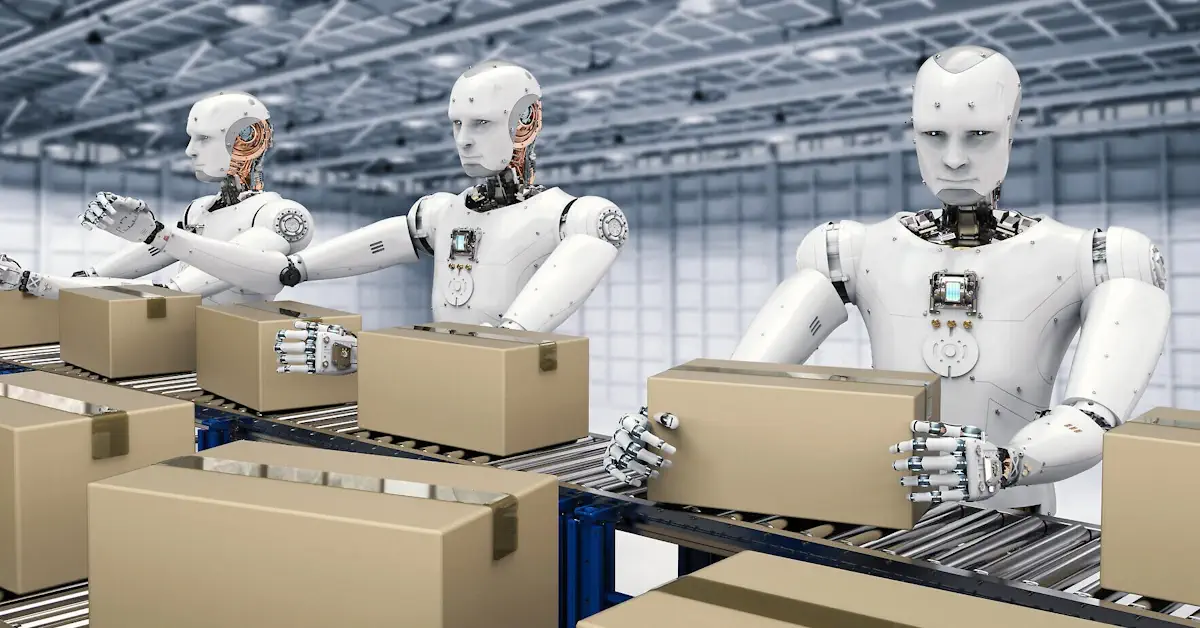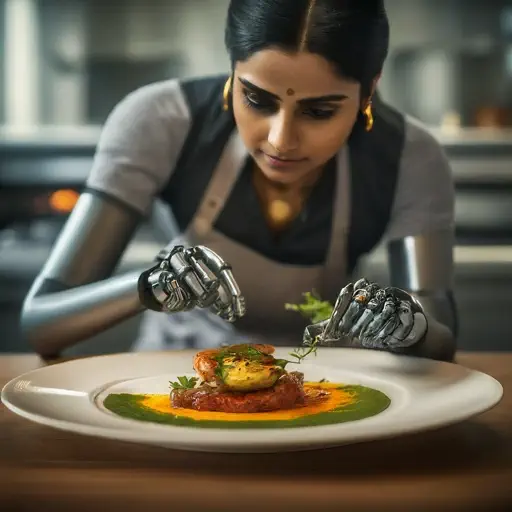
As concerns about robots and AI replacing jobs continue to rise, a recent MIT study suggests that the economy isn’t set up to handle a situation where most people are replaced by machines.
A team of Massachusetts Institute of Technology researchers analyzed the cost-effectiveness of using AI versus human labor and, To our surprise, Human workers are still cheaper.
The study examined if AI could replace human workers in jobs across the United States that use computer vision, like teaching, baking, and property appraisal.
Since the emergence of OpenAI’s ChatGPT in November 2022, worries about AI causing job losses have intensified, spanning various industries from arts to banking. Elon Musk’s unveiling of the Optimus Gen II humanoid robot further fueled these concerns.

However, the research indicates that only about 23% of wages paid to humans in jobs suitable for AI automation would make financial sense for employers to switch to machines at present.
The research shows that the influence of AI on jobs won’t happen as fast as many feared. This is a positive sign for policymakers who are currently brainstorming solutions to help workers cope with the changes AI brings to the job market.
In one scenario examined, computer vision was used in a bakery to inspect ingredient quality. Yet, this task included only a small portion of the worker’s responsibilities, and implementing AI would be costlier than employing a human.
Funded by the MIT-IBM Watson AI Lab, the research surveyed approximately 1,000 visually assisted tasks across 800 occupations, revealing that in many cases, AI systems were more expensive to install and maintain than human workers.
While the rise of AI technology brings both promise and concern, understanding its implications on the job market is crucial for policymakers and businesses alike.
As we navigate this evolving landscape, continued research, and thoughtful decision-making will be essential to ensure a smooth transition and equitable outcomes for all.